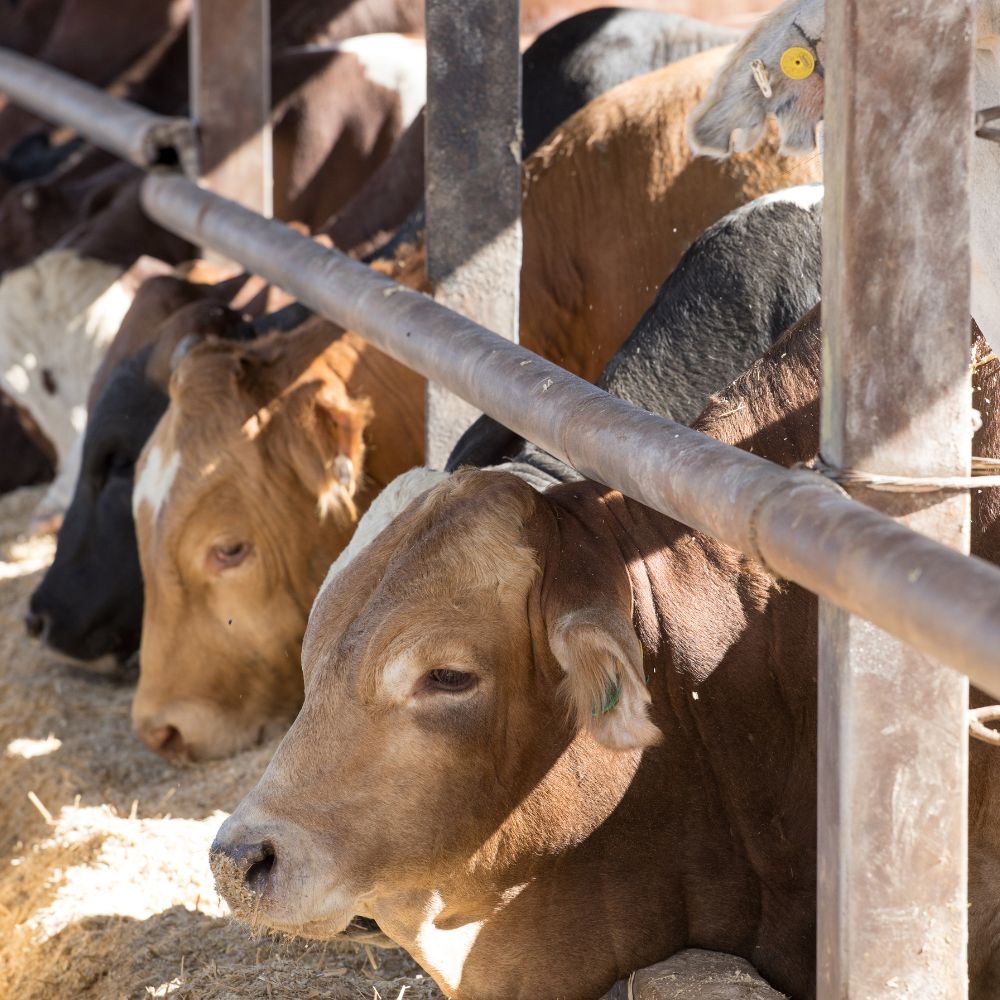An Unbiased View of Bagley Risk Management
Table of ContentsBagley Risk Management Things To Know Before You BuyThe Ultimate Guide To Bagley Risk ManagementBagley Risk Management Things To Know Before You Get ThisThe Bagley Risk Management StatementsBagley Risk Management Can Be Fun For EveryoneHow Bagley Risk Management can Save You Time, Stress, and Money.
When your agreement reaches its end day, the last rate is determined using the CME Feeder Cattle Index. This is based on sale barns throughout the Midwest (not just your neighborhood market). If the index falls listed below your agreement's protection cost, you might be paid the distinction. Price Change Aspects will use.Animals Danger Security (LRP) is a USDA subsidized insurance program that assists secure manufacturers from the risks that come from market volatility. With LRP, manufacturers are able to insure a floor rate for their livestock and are paid an indemnity if the market worth is reduced than the insured cost.
This item is meant for. LRP insurance.
The Main Principles Of Bagley Risk Management

In the last number of months, several of us at FVC and PCM have obtained inquiries from producers on which risk administration device, LRP vs. Futures, is better for a pork producer? Like many tools, the answer depends upon your procedure's goals and circumstance. For this version of the Dr.'s Edge, we will certainly analyze the scenarios that have a tendency to prefer the LRP tool.
In Mike's analysis, he contrasted the LRP computation versus the future's market close for each and every day of the previous twenty years! The percent shared for every month of the provided year in the very first section of the table is the portion of days because month in which the LRP computation is less than the futures close or in various other words, the LRP would possibly compensate greater than the futures market - https://fliphtml5.com/homepage/lobwe. (Livestock risk protection calculator)
As an instance, in January 2021, all the days of that month had LRP possibly paying even more than the futures market. Conversely, in September 2021, all the days of that month had the futures market possibly paying greater than LRP (absolutely no days had LRP less than futures close). The tendency that dawns from Mike's analysis is that a SCE of a LRP has a greater probability of paying extra versus futures in the months of December to Might while the futures market has a greater probability of paying much more in the months of June to November.
An Unbiased View of Bagley Risk Management

50 or $5. 00). As an example, in 2019, LRP was better or within a $1. 25 of the futures market over 90% of the days in all the months except June and August. Table 2 portrays the average basis of the SCE LRP calculations versus the future's close for the given time structures annually.
Again, image source this data supports extra probability of an SCE of a LRP being far better than futures in December via May for the majority of years. As a typical caution with all evaluation, past efficiency is NO assurance of future efficiency! It is important that manufacturers have accounting methods in place so they recognize their cost of manufacturing and can better identify when to utilize risk management tools.
Bagley Risk Management - An Overview
Some on-farm feeders may be pondering the requirement for price defense right now of year on calf bones retained with the intent to feed them to a finish weight at some point in 2022, utilizing available feed sources. In spite of solid fed cattle costs in the current neighborhood market, feed expenses and current feeder calf bone values still produce limited feeding margins moving forward.
23 per cwt. The current typical auction rate for 500-600 extra pound steers in Nebraska is $176 per cwt. This recommends a break-even rate of $127. 57 for the 1,400-pound steer in July of 2022. The June and August live livestock contracts on the CME are currently trading for $135. 58 and $134.
Cattle-feeding ventures have a tendency to have limited margins, like many farming enterprises, because of the affordable nature of business. Livestock feeders can bid a lot more for inputs when fed cattle prices rise. https://www.cheaperseeker.com/u/bagleyriskmng. This raises the rate for feeder cattle, particularly, and rather boosts the costs for feed and various other inputs
Examine This Report on Bagley Risk Management
Nebraska cattle are close to major processing centers. As an outcome, basis is positive or zero on fed cattle across much of the state.
Just in 2020 did the LRP coverage price exceed the finishing worth by sufficient to cover the costs price. The web impact of having this LRP protection in 2019-20 was substantial, adding $17.
37 The manufacturer costs decreases at reduced protection levels yet so does the protection cost. Since producer premiums are so low at lower protection levels, the manufacturer loss proportions (indemnity/premium) rise as the insurance coverage degree decreases.
The Greatest Guide To Bagley Risk Management
In general, a producer must consider LRP protection as a system to secure output rate and succeeding revenue margins from a risk management point ofview. However, some producers make an instance for insuring at the reduced levels of coverage by concentrating on the choice as an investment in danger monitoring defense.
